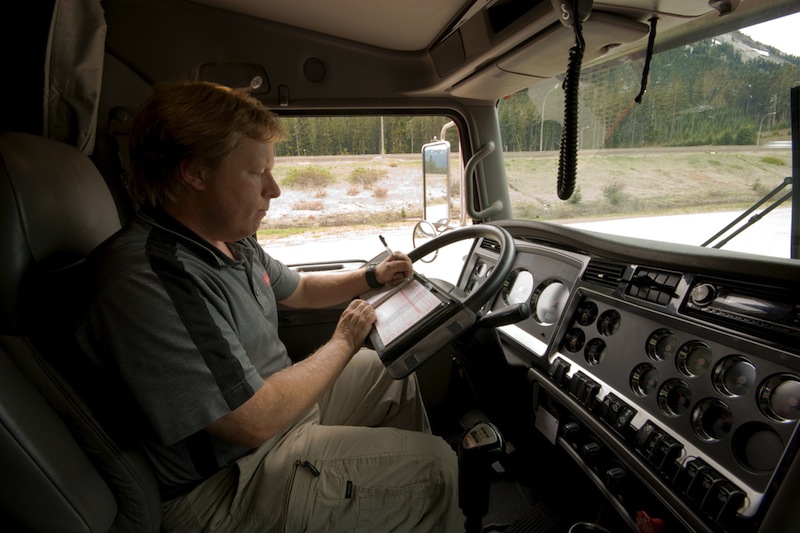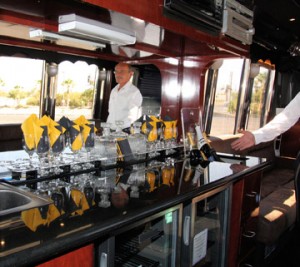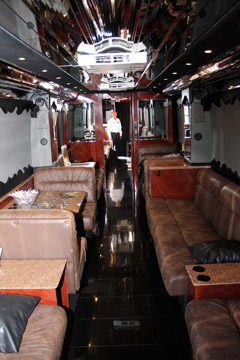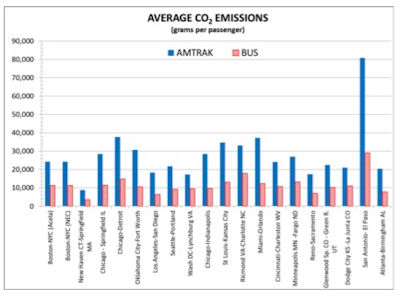Customer data provided by Mr. Savoie’s tech company, based in Laval, Que., turns a car-insurance bill from a static monthly figure into something variable – the more unsafe a customer’s driving habits, the higher the cost.
“It creates a huge financial incentive on a monthly basis to drive safe,” said Mr. Savoie, president and CEO of Baseline Telematics. “We are attracting safer drivers and rehabilitating other drivers.”A handful of Canadian insurers have started testing the software in pilot programs.
Those programs are overwhelmingly aimed at drivers 25 and younger. In some cases, it is the drivers’ parents signing them up to keep close tabs on their driving habits.Since the inception of the modern car-insurance industry, premiums in Canada and much of the world have been determined by broad criteria, including age and car model.
However, the ubiquity of movement sensors available in many modern vehicles – as well as the ability to analyze the massive amounts of data produced by those sensors – has created a new brand of insurance.
By measuring exactly how each of their customers drives in real time, insurers are starting to charge individual premiums based on monitored driving habits.
For 17 years, Mr. Savoie’s company has been building software and hardware for the insurance industry. Over the past year or so, a couple of Canadian insurers have started deploying Baseline’s namesake technology, “telematics.”
The product collects information from the vehicles of individual drivers and allows insurers to bill their customers according to these data. The software uses sensors to monitor speed, acceleration, braking and other metrics.
That information is then analyzed for signs of unsafe driving, such as hard braking or speed-limit violations (the software monitors a vehicle’s location to determine whether drivers are keeping within limits).
While deployment of the technology is still in the testing stages among a handful of insurance companies, its usage reflects the widespread adoption of tools that allow companies to track customer habits.
The ability to monitor and adapt to the behaviour of individual customers, for example, was part of the rationale for last month’s announcement by Loblaw Cos. Ltd. that it will acquire Shoppers Drug Mart Corp. for $12.4-billion. Shoppers’ Optimum loyalty program will give Loblaw purchasing information on some 10 million customers.
The interactive and social-media-friendly nature of Mr. Savoie’s software is meant to quell potential resistance from younger customers. Customers get weekly and monthly updates on their driving habits, are shown how they compare to others in their age group, and have the option to publish that information on Facebook.
“By people getting regular feedback and seeing in graphical illustration how they’re driving compared to their peers, it has an impact on how they drive,” said Don Thompson, vice-president of product management at Saskatchewan Government Insurance, which is testing the first telematics program for motorcycle insurance.
The telematics system itself is largely reliant on “big data” analytics – a fast-growing industry focused on automatically sifting through huge amounts of information to find previously undiscovered trends.
To do that with the data collected by the telematics systems, Baseline sought the assistance of SAP, an analytics company whose customers include F1 racing teams and life-insurance providers – the racing teams use SAP technology to collect and analyze data from cars in real time during races, and the insurers use it to look for patterns consistent with fraudulent claims.
Baseline charges its customers an activation fee up front and a monthly subscription fee afterward. The exact cost of the system differs from insurer to insurer.
By sifting through the data collected by the telematics program, Baseline and its customers are starting to see the patterns that help to flag high-risk driving. For example, frequent hard braking is a strong indicator of unsafe driving in cars, and the strongest indicator with respect to motorcyclists is cornering. As a result, Baseline’s telematics hardware for motorbikes includes a 3-D accelerometer designed to measure the way a rider takes a corner.
In time, insurers say the new system will allow them to pinpoint every customer’s risk level, and charge them accordingly, instead of relying on broad metrics.
“When somebody is a very bad driver, we see that after few months they’re not with us any more – they discover they’re not good and they go with a traditional insurer,” says Suzanne Michaud, vice-president of client experience at Mobiliz, which is running a telematics insurance program in Quebec.
“With telematics we don’t charge you an average premium, we charge you your premium.”
The telematics-based systems still constitute a tiny fraction of overall insurance programs in Canada, and face growing pains. For example, the motorbike version of the technology is so new that very little data on the metrics associated with safe motorbike driving exist. That prompted Saskatchewan Government Insurance to ask skilled riders to come out to a local track to demonstrate proper riding techniques on motorbikes fitted with monitoring equipment, which provided some baseline data.
However, there are many privacy issues related to the frequent collection of data from drivers, including their location and speed. Protocols are being developed on a company-by-company basis on how data is stored and secured, as well as what to do if the data show extreme violations, such as speeds so far above posted limits that a driver could be criminally charged. In such cases, some insurers have opted to slap the customer with an immediate extra charge on that month’s bill, hoping a hit to the wallet will help change behaviour.
But despite the privacy issues, Mr. Savoie is adamant that telematics-based policies will soon become the norm in Canada and throughout much of the world. In the early days of the service, Baseline had to install special hardware in vehicles to collect data. Now, the company is working on a smartphone app, which uses the sensors on those devices to collect the same information.
Soon, the company won’t even have to do that, Mr. Savoie said, because most car companies are already building those sensors into the cars.
“I think in the next two or three years, you will not be able to buy a car that doesn’t have a telematics connection back to the manufacturers. I think cars are basically going to be smartphones.”
But perhaps the most significant impact of telematics-based insurance is its applicability to myriad other industries. Richard Daukant, national vice-president of strategic engagements at SAP, notes that there has been an explosion in so-called body metrics hardware over the past few years – wearable monitors that collect information such as heart rate, physical activity and calories burned.
Now, he says, health insurance companies are starting to take a long look at that technology, hoping to harness it for a new type of customized insurance policy, whose premiums are determined by each customer’s lifestyle.
“It’s almost pay as you live, not pay as you drive.”





















